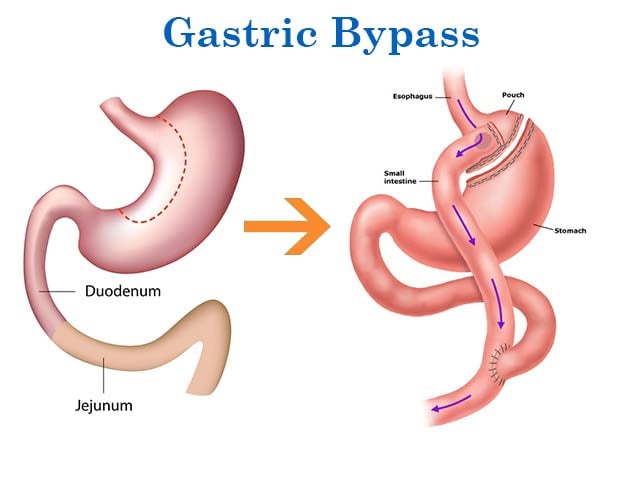It can be utilized as a single operation for weight loss surgery or as the initial step before any surgical procedures. The surgeon must use a stapling instrument to form a tiny stomach sleeve while the rest of the stomach is removed during the sleeve gastrectomy surgery. Patients have a sense of fullness and appetite is reduced as a result of this surgery, resulting in weight loss and considerable benefits in health. "Sleeve gastrectomy" is another name for gastric sleeve surgery Melbourne. It involves the removal of around 80% of the stomach. The leftover stomach, which resembles a banana, is referred known as "Sleeve." The new stomach pouch has a lower capacity than a conventional stomach, allowing you to eat less.

It's a type of laparoscopic surgery also called gastric bypass Melbourne that's done with laparoscopic staplers. More than half of the stomach is removed from the body in this treatment, leaving a narrow vertical tube or sleeve. The sleeve is approximately the size of a banana. Dumping syndrome, which happens when food passes fast through the stomach and intestines, may develop as a result of the procedure. Sweating, nausea, diarrhoea, and dizziness are some of the most prevalent symptoms. This condition is caused by a high-carbohydrate diet; however, it may be readily prevented by making moderate dietary changes as recommended by a nutritionist.
Advantages
- The sleeve gastrectomy alters gut hormones to decrease appetite and removes the part of the stomach that generates the hunger-stimulating hormone (Gherlin).
- It helps weight reduction by limiting the quantity of food the stomach can hold.
- Because one side of the stomach is removed from the body, the treatment is not reversible.
- Overeating might cause the remaining stomach pouch to widen in the long term.
- By removing the region of the stomach that generates the appetite-stimulating hormone, it causes favourable alterations in gut hormones that reduce hunger (Gherlin).
- Limits the quantity of food that the stomach can hold, which aids weight reduction.
Before you have surgery, there are a few things to keep in mind. After complete pre-operative investigations, including a pre-anaesthesia assessment and clearance, patients are normally admitted one day before to surgery. Patients are admitted to the hospital for 3-4 days and have their first follow-up session on the 10th day after surgery, when the clips are removed. Patients are given a documented food plan for the first few weeks after surgery and are asked to communicate with the nutritionist on a frequent basis. Patients must take little amounts of food and chew it well and slowly. Following the surgeon's and nutritionist's recommendations in the first year following surgery is essential. After bariatric surgery, the patient is projected to lose 70 percent of their extra body weight, on average, at a rate of 6- 8 kgs each month. Obesity-related medical disorders such as type 2 diabetes, hypertension, and others show significant improvements, and most people require a medication change, which must be done by their physician.
No comments:
Post a Comment